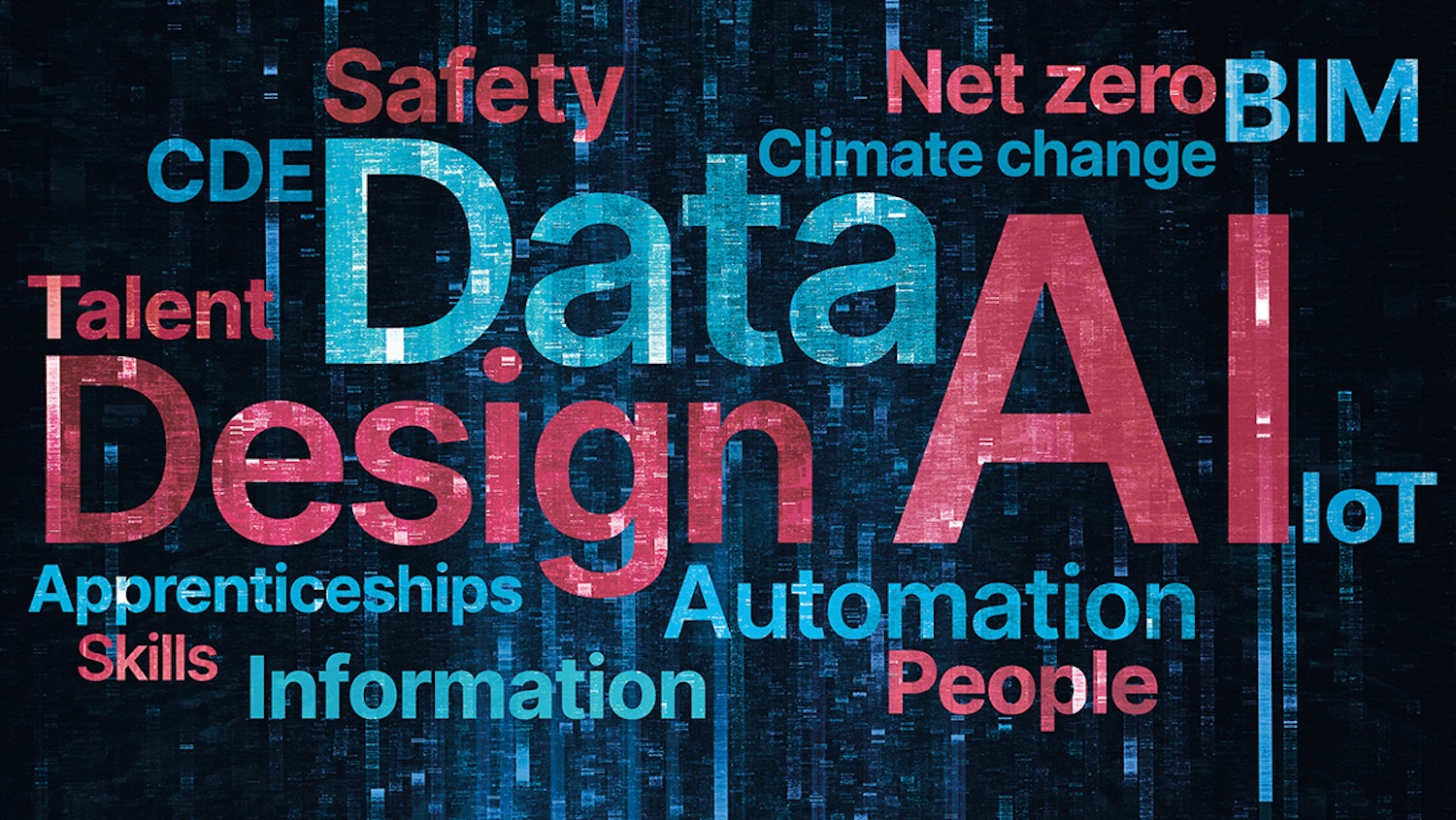
AI in plain English: the ABC of AI, ML and LLMs
How well do you really understand AI and all the terminology that goes with it? Need a bluffer’s guide? Here it is, courtesy of Murillo Piazzi of Okana.

AI has been silently integrated into everyday tools for years, powering the likes of autocorrect and predictive text on smartphones and product recommendations in online shopping.
However, the rising popularity of large language models (LLMs) such as ChatGPT has heightened public awareness of AI’s presence and potential, including its multiple uses in the construction industry. Along with this increased interest has come a wave of buzzwords: machine learning, deep learning, generative AI, LLMs and more.
This brief article aims to demystify the terminology and explain the key categories and concepts in AI, using practical examples throughout.
AI
At its core, AI refers to machines that mimic human cognitive functions such as learning, reasoning, and problem-solving. It’s a broad term that includes everything from simple rule-based systems to advanced neural networks.
For example, when you ask your smart speaker, “What’s the weather like today?” and it responds with a forecast, that’s AI in action. It understands your voice, interprets your request, and finds the right answer, all without human intervention. It doesn’t necessarily learn from the information you are providing, but follows an extensive set of rules and strategies to find the answer.
Machine Learning (ML)
ML is a subset of AI that allows systems to learn from data rather than being explicitly programmed. Algorithms find patterns in large datasets and use these patterns to make predictions or decisions.
For example, Spotify uses ML to analyse your listening habits and suggest new songs you might like.
There are three main types of ML:
- supervised learning, trained on labelled data;
- unsupervised learning, finds patterns in unlabelled data; and
- reinforcement learning, learns by trial and error with rewards.

Neural Networks
Neural Networks are the backbone of most modern AI. Inspired by the structure of the human brain, these systems consist of layers of interconnected “neurons” that process data in stages.
For example, a neural network can be trained to recognise handwriting by seeing thousands of examples.
Deep Learning
Deep learning is a subset of machine learning that uses multi-layered neural networks. When many layers are stacked together, you get a deep neural network, hence “deep learning”. It’s especially powerful for processing unstructured data like images, text and audio.
For example, your phone’s facial recognition feature uses deep learning to identify people in photos.
Generative AI
Generative AI refers to AI systems that can create new content – text, images, music and even video – based on training data. These models don’t just analyse data, they also produce something new from it. For example, ChatGPT is a generative AI that can write essays.
Generative AI differs from traditional AI in that its goal isn’t just prediction or classification, but creation.
LLMs
LLMs are a type of generative AI trained on massive amounts of text data to understand and produce human-like language. They use deep learning architectures to generate coherent and contextually relevant text. For example, GPT-4 is a large language model that powers tools like ChatGPT. It can write code, draft stories, explain concepts and more.
The “large” part refers to both the amount of data used to train the model and the number of parameters (adjustable weights) in the neural network, which often numbers in the billions.
Natural Language Processing (NLP)
NLP is the field of AI focused on enabling machines to understand, interpret and respond to human language. NLP underpins chatbots (like the one in your banking app), translation apps, voice assistants and more. For example, Google Translate uses NLP to interpret and convert text from one language to another.
LLMs like ChatGPT are the current pinnacle of NLP technology, but simpler NLP systems have been around for decades.
Much like the construction industry, AI is a wide-ranging and ever-evolving field, often filled with complex terminology that can sometimes hinder understanding. Nevertheless, its ultimate goal is straightforward: teaching machines to carry out tasks that previously required human intelligence, whether that’s recognising gaps in a spreadsheet, responding to questions in everyday English, or brainstorming design ideas.
Keep up to date with DC+: sign up for the midweek newsletter.



